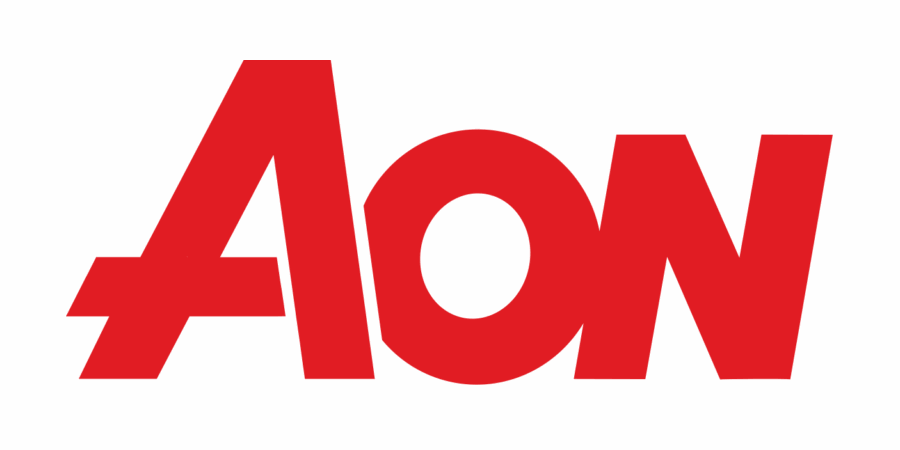Re/insurance broker Aon has released a new report for the first quarter of 2021, giving insight into the UK Property & Casualty insurance market.
 The report noted that within the property market, insurers are continuing to focus on achieving a technical rate and getting close to that is a minimum for many.
The report noted that within the property market, insurers are continuing to focus on achieving a technical rate and getting close to that is a minimum for many.
However, Aon believes that its capacity is adequate, although shortages remain in some heavy industry sectors or for those risks that insurers view as lower quality.
Although new entrants to the property market should help alleviate the situation.
The report noted that one of the biggest challenges is around harmonised cover, leading to a range of potential coverage variations for insureds.
Rate increases have continued across the board but have been varied in size, the reinsurance broker highlighted.
It explained that if insureds are coming out of a long-term agreement, they’re seeing bigger premium jumps versus a risk that has already had one or two annual corrections. However there are signs of market improvement for lighter and well managed risks.
Capacity is adequate across the whole market but there are challenges for certain industries such as food, waste and chemicals, as well as poorly protected risks including those lacking sprinklers or where panelling is concerned. Insurers remain conservative about how and where they deploy capacity.
The pressure remains to increase very low retentions as a means of accessing capacity and mitigating premium/rate correction.
For the casualty sector, it is experiencing rate increases of 10-20% depending on risk exposure, while underwriters continue to look closely at coverage conditions.
The report notes that insureds are increasingly using higher retentions on a self-insured basis to reduce the impact of premium increases. Communicable disease exclusions remain a hot topic and tend to be focused on risks like hospitality and care homes. Most insurers are being sensible and underwriting risks appropriately.
Larger increases well beyond the 10-20% average are being seen for UK and European domiciled companies with big US exposures, especially for those with sizeable US auto fleets.
In recent years, US litigation has really accelerated off the back of social inflation. Insurers are looking for technical pricing on casualty and are willing to walk away if they don’t achieve that level. As a result, insureds are reviewing their total limit purchased to tackle financial pressure from lower layers and other classes.
Coverage is being closely scrutinised with insurers looking closely at cover extensions; insureds with older manuscript wordings are seeing them cut back with implications on cover. In addition, underwriters are relying more on the opinion of their risk engineers.
Where insurers were putting out US$50 million to US$100 million in capacity they are cutting that back dramatically and deploying far less. That doesn’t mean that the limits aren’t obtainable but programmes have to incorporate more carriers with smaller lines.
There are still some long-term agreements available and while harder to get, there are probably more available in casualty than in the property market.
Looking ahead, insurers are adopting a much more centralised approach to their underwriting with authority reverting to global CEOs, which can make it harder from a negotiation perspective. Existing insurer/client relationships have been tested but they do still count and there are plenty of examples of insureds securing better terms where those historical relationships have endured. The right risks with the right information are still being looked on favourably.


